15 River Monsters Hiding Beneath the Surface of the Mississippi
You might look at the Mississippi and think, “There’s no way anything weird lives in there.” Surprise—you’d be wrong. Lurking under that brown water is a lineup of creatures that belong in a natural history museum—or a sci-fi thriller. Let’s discuss a few of the notoriously weird residents.
Alligator Gar
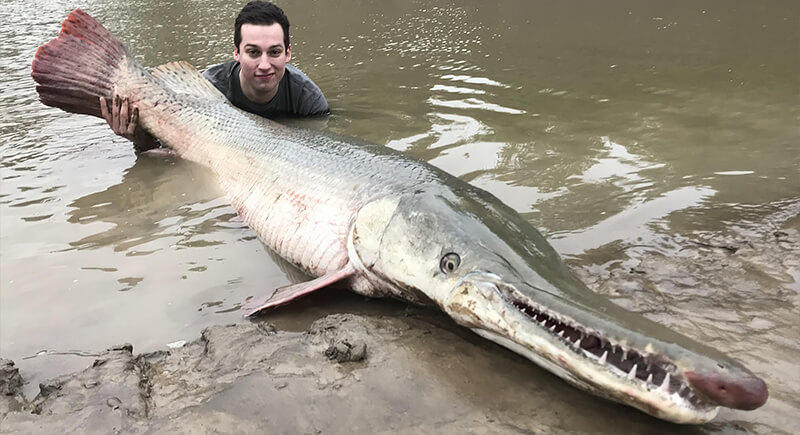
Credit: Reddit
With a name like that, you’d expect something prehistoric—and you’d be right. The alligator gar resembles a six-foot mashup of an armored fish and a reptile. It’s native to the Mississippi and has been around for over 100 million years. It’s not aggressive toward humans, but its appearance alone could send shivers down your spine.
Flathead Catfish
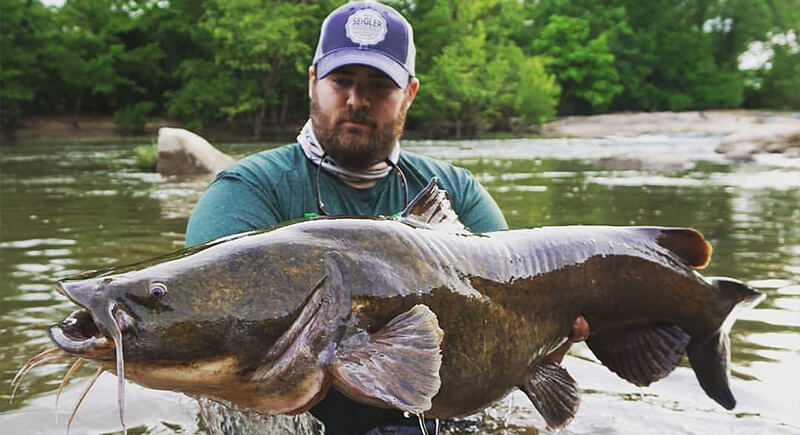
Credit: Reddit
The flathead is a heavyweight hunter, known to grow over 100 pounds, with a head that looks flattened by a truck. It prefers live prey, which makes it one of the few catfish that stalks and ambushes. It’s a night-feeding menace that’ll happily slurp up sunfish and the occasional unlucky crayfish.
Blue Catfish
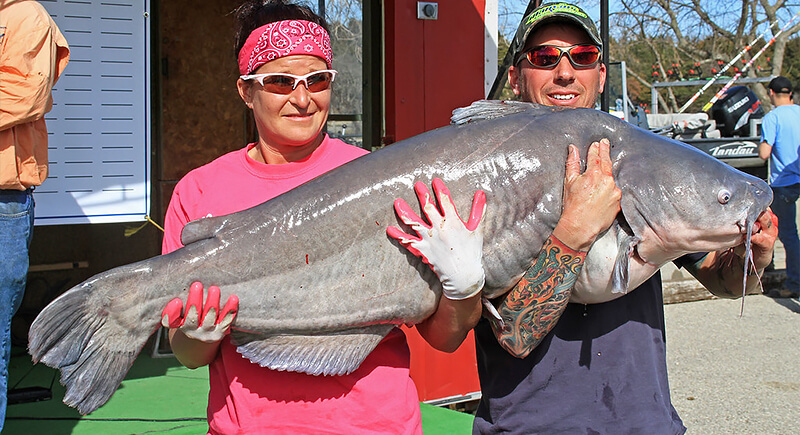
Credit: flickr
The blue catfish is big—like “could take up most of your canoe” big. Some can grow over 5 feet long and weigh more than a middle schooler. They’ll eat pretty much anything, from smaller fish to clams to even the occasional bird, if it floats the wrong way. Their sheer size makes them popular with trophy hunters.
Channel Catfish
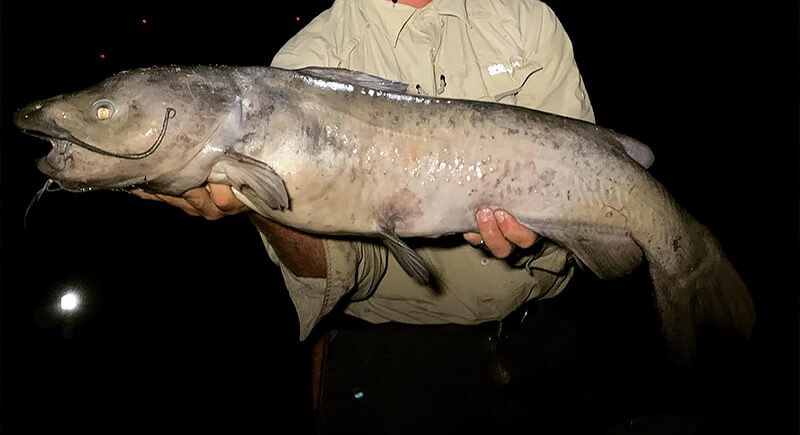
Credit: Reddit
Channel catfish are the most recognizable river fish in the Mississippi. They’re not the biggest in the family, but they’re abundant and constantly on the move. These guys love hanging out in deep holes and under cover during the day and cruising the shallows for snacks at night.
Longnose Gar
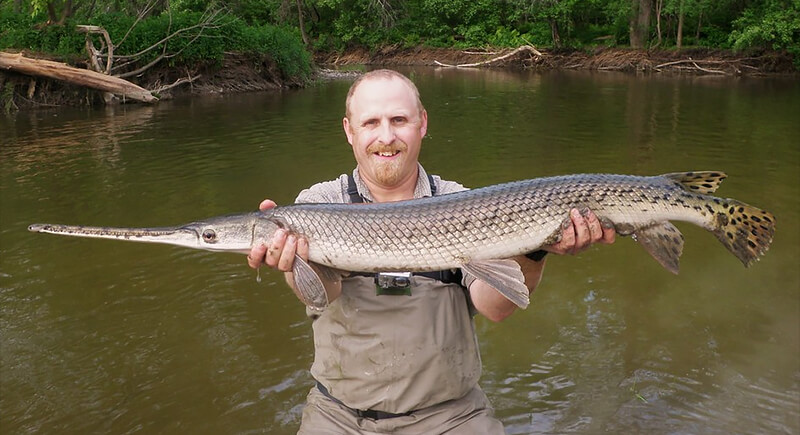
Credit: Reddit
If fish had dinosaurs in their family tree, the longnose Gar would be the cousin nobody wants to sit next to at Thanksgiving. They are covered in armor-like scales and have a snout full of needle teeth. This creature looks ancient because it is—fossils show Gar has been around since the Cretaceous period.
Shortnose Gar
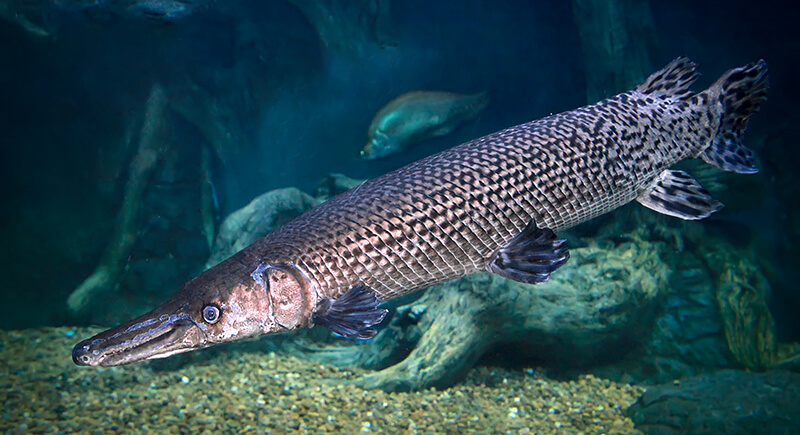
Credit: iStockphoto
The shortnose Gar is the longnose’s stockier sibling. It’s got the same bony armor and ancient lineage, but it’s shorter, thicker, and a little more low-key. Still, it’s no minnow. They’re ambush predators, hiding in weedy, slow-moving backwaters and lunging at prey with that toothy snout.
Shovelnose Sturgeon
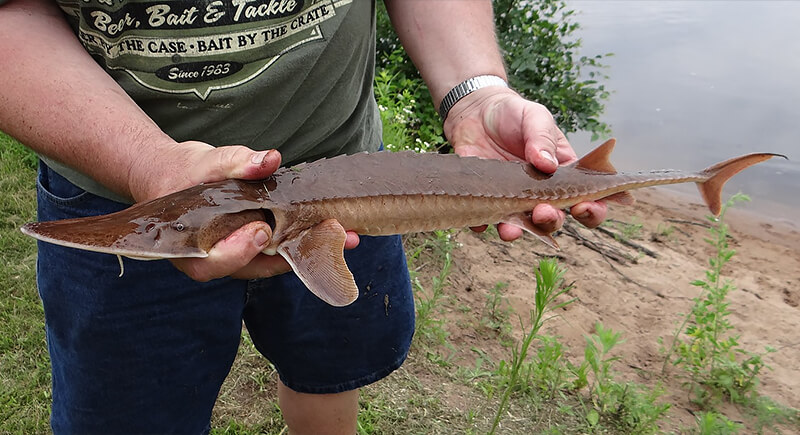
Credit: flickr
If someone told you this fish was a fossil come to life, you’d believe them. Shovelnose sturgeon looks like armored river lizards with long noses and whiskers. They vacuum up worms and bugs from the riverbed and somehow make it look cool. Despite being the smallest sturgeon species in North America, they’re perfectly adapted for life in strong currents.
Pallid Sturgeon
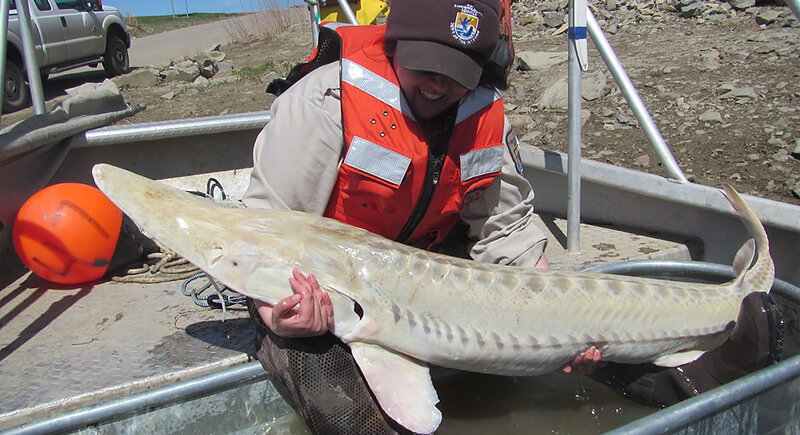
Credit: flickr
You probably won’t ever see one of these in person, and that’s kind of the point. The pallid sturgeon has a lineage stretching back 70 million years; it’s the real deal when it comes to ancient river monsters. Scientists are racing to save them by tracking individuals with radio tags like they’re endangered celebrities.
Lake Sturgeon
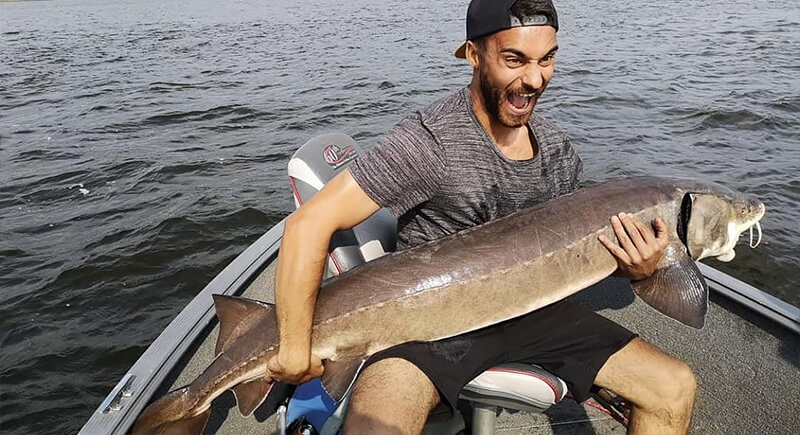
Credit: Reddit
The lake sturgeon is one of the largest fish in the Mississippi River system. Some grow over 7 feet long and live more than 100 years. They’ve got those bony plates, a pointed snout, and a mouth like a vacuum. Catch one, and you’re looking at a fish older than your grandpa.
Bowfin
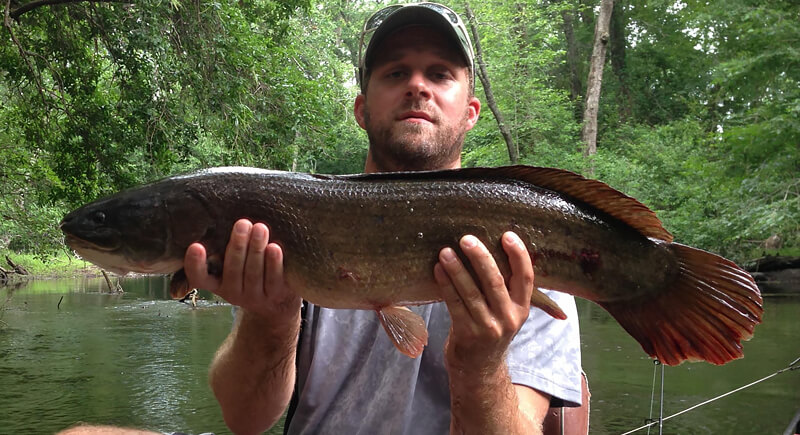
Credit: Reddit
Bowfin doesn’t get much press, but they’ve been kicking around since the Jurassic period. They’ve got long, eel-like bodies, a dorsal fin that never ends, and jaws that clamp down fast. They can breathe air, too, which means they survive where other fish would throw in the towel.
American Eel
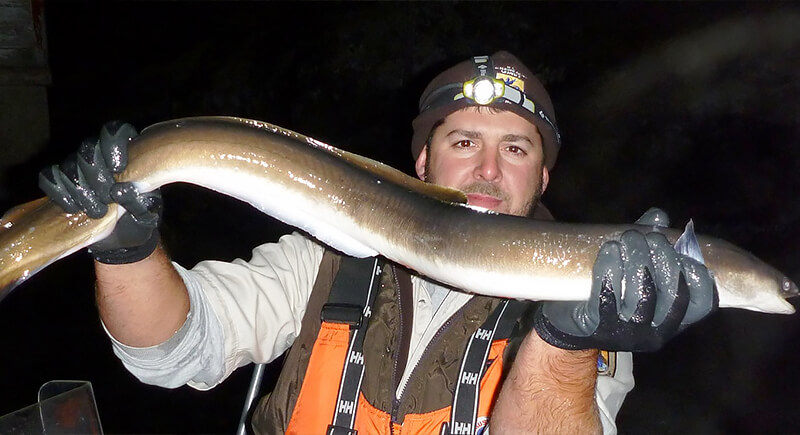
Credit: flickr
You wouldn’t expect to find an ocean-going eel swimming through the Midwest, but the American eel does that. They were born in the Sargasso Sea and slithered thousands of miles to reach rivers like the Mississippi, where they lived for decades before returning to spawn.
Northern Snakehead
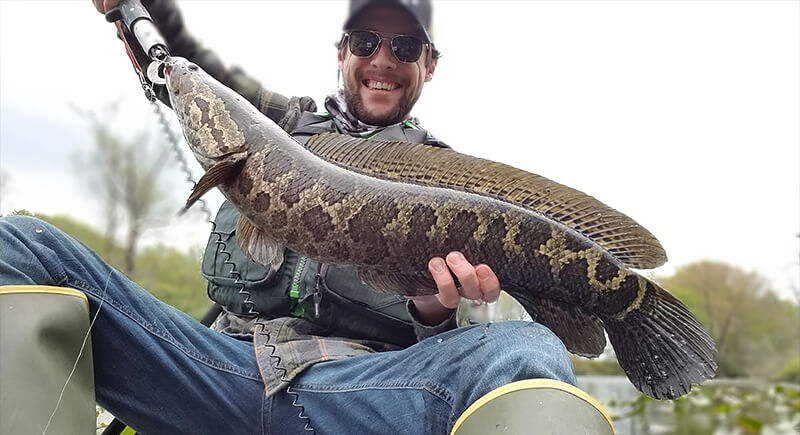
Credit: Reddit
The northern snakehead isn’t supposed to be here, but it showed up anyway—like an uninvited guest that eats everything and overstays its welcome. Though it’s native to Asia, this invasive predator has been popping up in parts of the Mississippi basin. Wildlife officials panic when one’s caught—they threaten native ecosystems in a big way.
Freshwater Drum (Sheepshead)
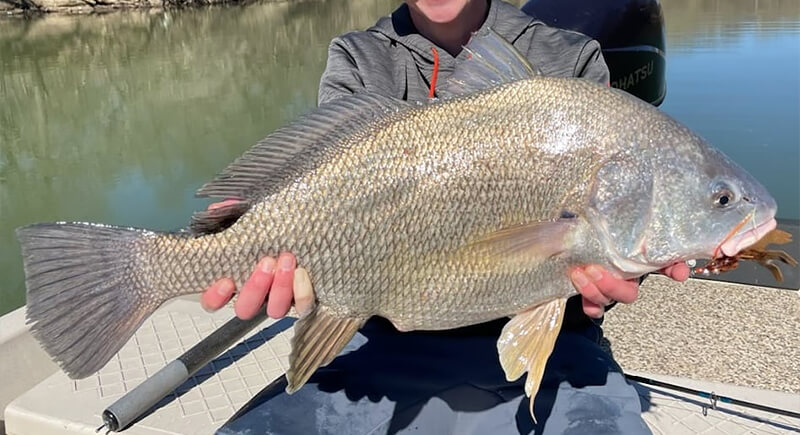
Credit: Reddit
Freshwater drums make a croaking sound by vibrating muscles around their swim bladder. Anglers call them “sheepshead,” though they don’t look anything like a sheep. These fish are thick-bodied, silver-gray, and love hanging out near the bottom of the river. Drum gets a bad rap as “trash fish,” but they’re strong fighters.
Common Carp
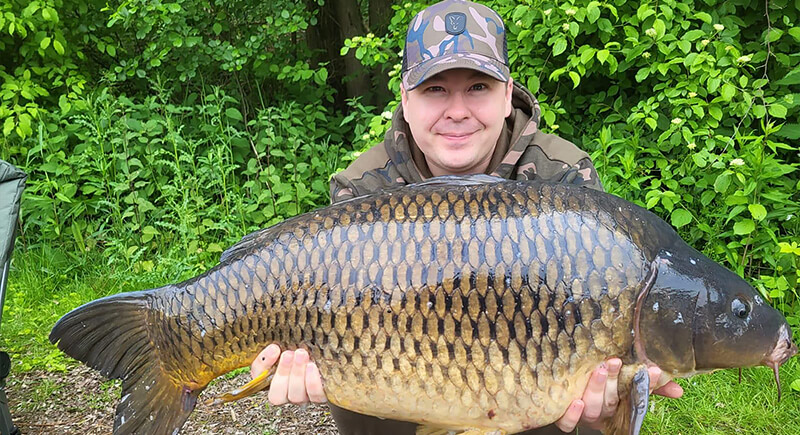
Credit: Reddit
Common carp were introduced in the 1800s and immediately decided they were staying for good. They root around in the mud for food, cloud up the water, and outcompete native fish. But don’t let the “trash” label fool you. They’re hardy, smart, and capable of growing huge. They’ve been part of the Mississippi ecosystem for over a century, whether we like it or not.
Gizzard Shad
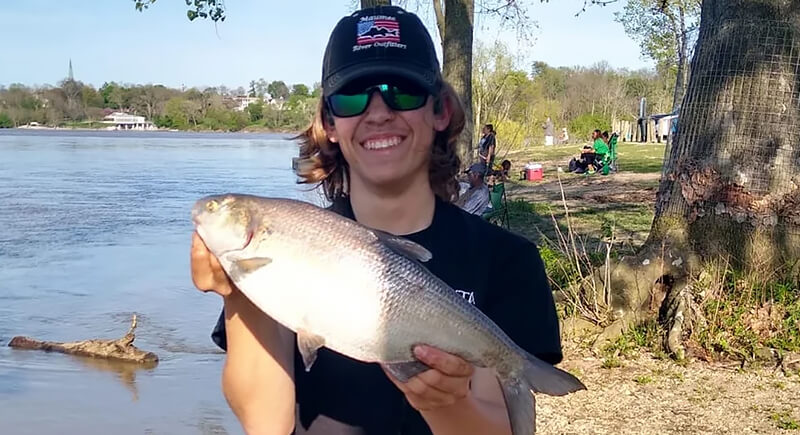
Credit: Reddit
These little guys are the life of the river party. Gizzard shad travel in big, flashy schools, flipping across the surface and looking like silver confetti. They’re not graceful or glamorous, but predators love them. Eagles, catfish, and gar all keep an eye out for a distracted shad.